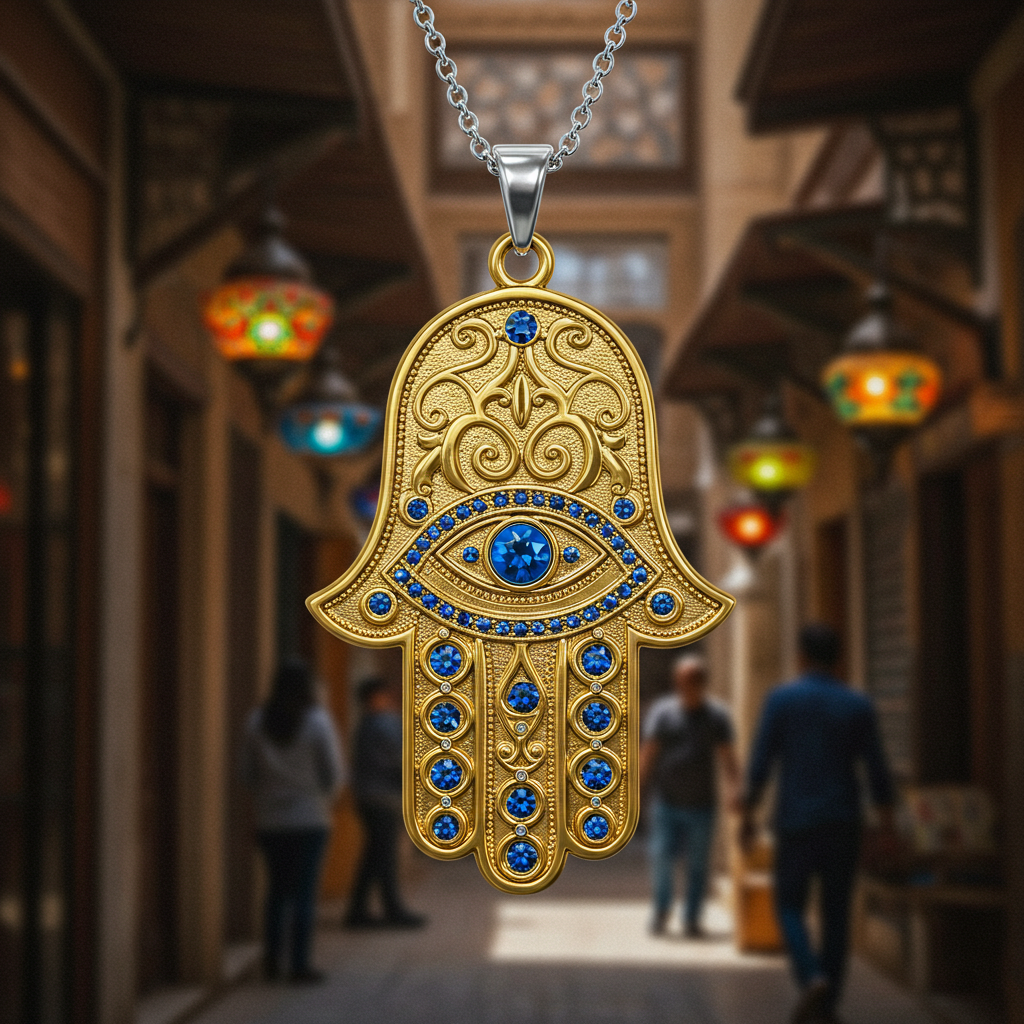According to widespread belief across Middle Eastern, North African, and Mediterranean cultures, displaying or wearing the distinctive hand-shaped amulet—variously called Hamsa, Hand of Fatima, Hand of Miriam, or Hand of Mary—creates powerful protection against malevolent forces, particularly the evil eye. This protective talisman supposedly works through multiple mechanisms: the open palm deflects negative energy; the eye often incorporated in the design provides vigilant watching against threats; the five fingers represent divine power through numerical symbolism; while the material and decorative elements provide additional specific protections. Some traditions specify ideal materials (silver for purification, gold for strength, blue for truth), proper display orientation (fingers up for protection, down for abundance), and strategic placement locations (entrances, children’s rooms, vehicles).

A baby’s future career or fate is predicted by the first object they select during a ceremonial setup.
In several Asian and Eastern European cultures, a traditional ceremony is held for babies usually around their first birthday. Known


